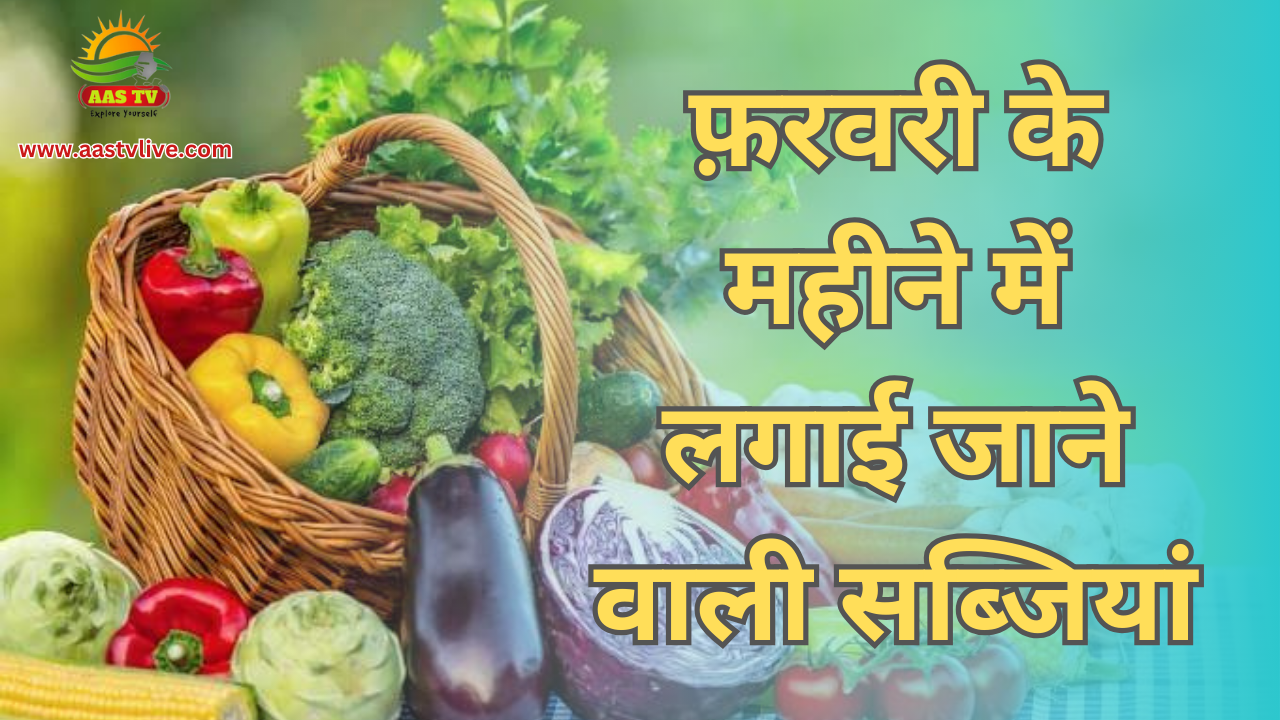Introduction:
February is the month when winters start decreasing in North India. And this is the right time to grow vegetables and other plants, particularly in the terrace garden or pot garden.
As in winter, the temperature 🌡️ comes down and the vegetative growth of plants is hampered. And plants don’t show any significant improvement in their growth and development. Due to low temperatures, the rate of transpiration slows down or stops as there is high relative humidity all around. All the Fertilizers applied from the soil or growing media remain there intact. And there is no conversion of these nutrients to the plant’s body or tissues.
Different Stages of Plant Growth and Development
If you are a plant lover or a farmer then you must understand the different growth stages of plants. So here, I am going to explain in brief the 3 growth stages of plants:
1) Germination Phase:
This is the beginning of life and the food material stored in a seed in its endosperm gets converted into the sprouts.
This required moisture and a particular range of temperature. And after attaining these two parameters the seed sprouts into a sapling.
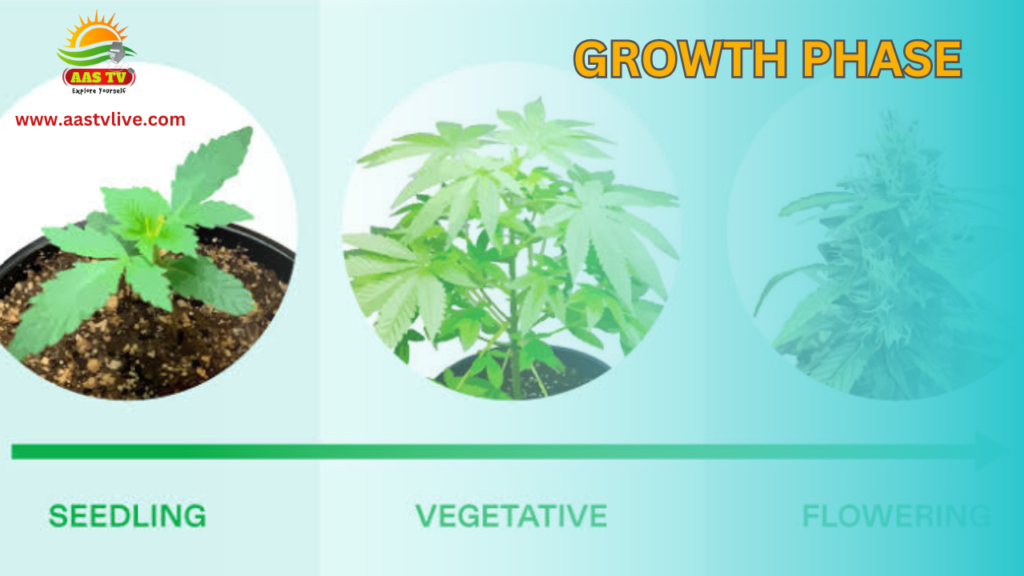
2) Vegetative Phase:
This is the most important and decisive phase of any plant’s life as all the processes of plant growth take place during this.
When the sapling’s colour turns green, the process of Photosynthesis takes place and plant starts making its food. As we provide the nutrients through fertilizers get converted into its body mass.
3) Reproductive Phase:
This is the third and last phase of plant growth and development and this phase decides the final production of any crop variety.
In this phase, the plant’s total energy gets converted into the fruit passing through the flowering stage. More flowers means more fruits and these fruits decide the final production.
All these three stages depend on temperature and relative humidity but the vegetative stage is more fragile and susceptible to temperature change. As temperature decreases the growth of plants decreases.
As the month of February reaches the temperature in North India gears up and so the plant growth. So here, in this blog, we will discuss the vegetables to be grown in February.
List Of Vegetables To Be Grown In February.
1) Tomato:
Tomato is a very important vegetable crop as tomato is a part of every kitchen on a daily basis. No food is prepared without tomatoes in Indian families.
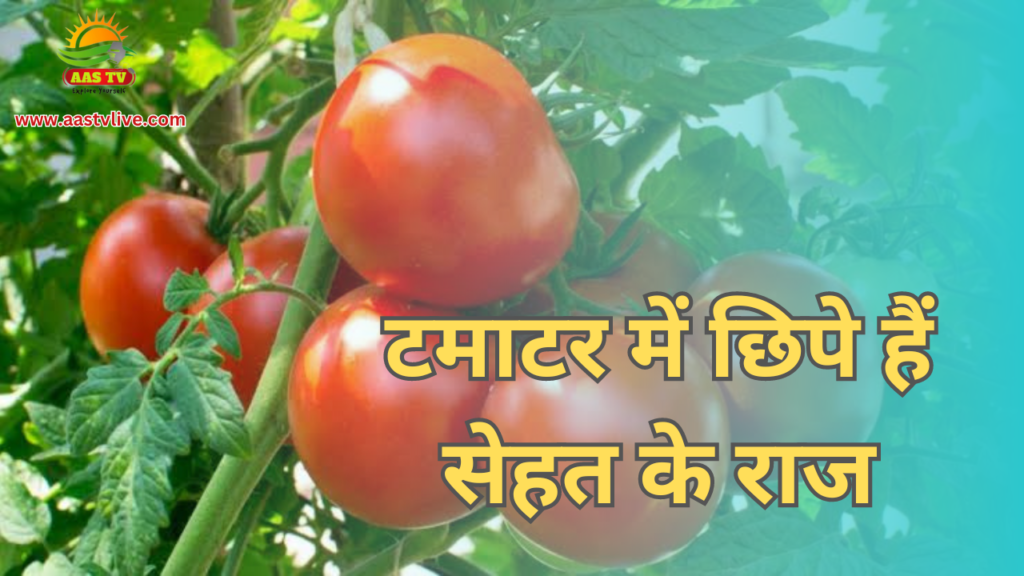
However, it can be grown round the year but February is the best time to grow tomatoes 🍅 in an open field farming system.
Tomato can be grown with seedlings prepared separately. Around 6 to 10 thousand seedlings are required to transplant an acre field.
Tomato is a very good source of vitamin C, Potassium, Folate, and Lycopene.
2) Okra:
Okra which is best known as “Lady Finger” is an annual plant that belongs to the plant family Malvaceae.
It is mainly grown in Uttar Pradesh, Orissa, and West Bengal. And in North India, it is grown in the month of February.
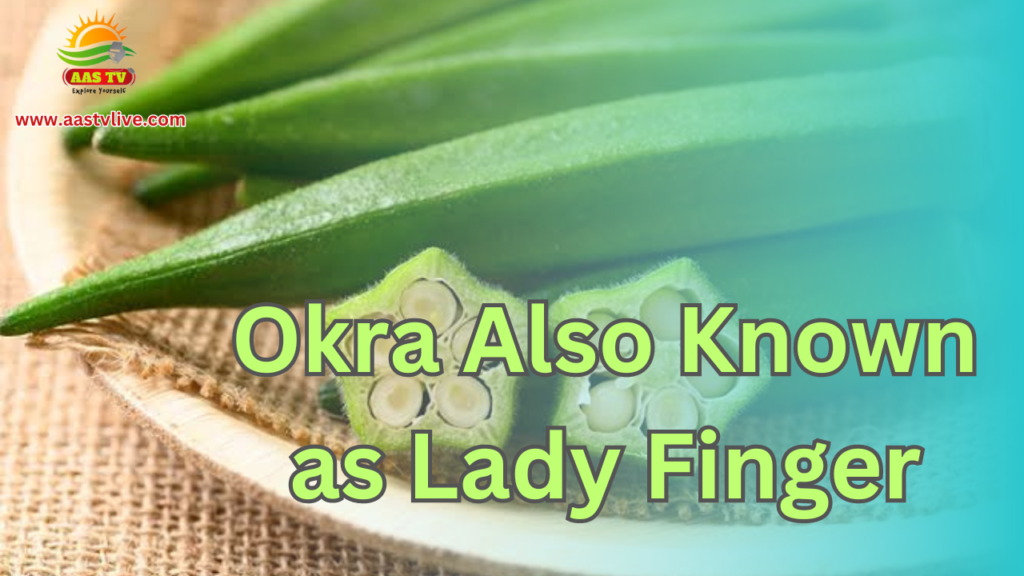
It is grown for its green tender fruit and its skin is used for the paper industry and fiber extraction. Okra is a rich source of minerals, calcium, proteins, and many vitamins.
3) Cucumber:
Cucumber 🥒 is another important vegetable grown for salad purposes and consumed as raw. It can be grown in the open field and in protected structures like net house and polyhouse.
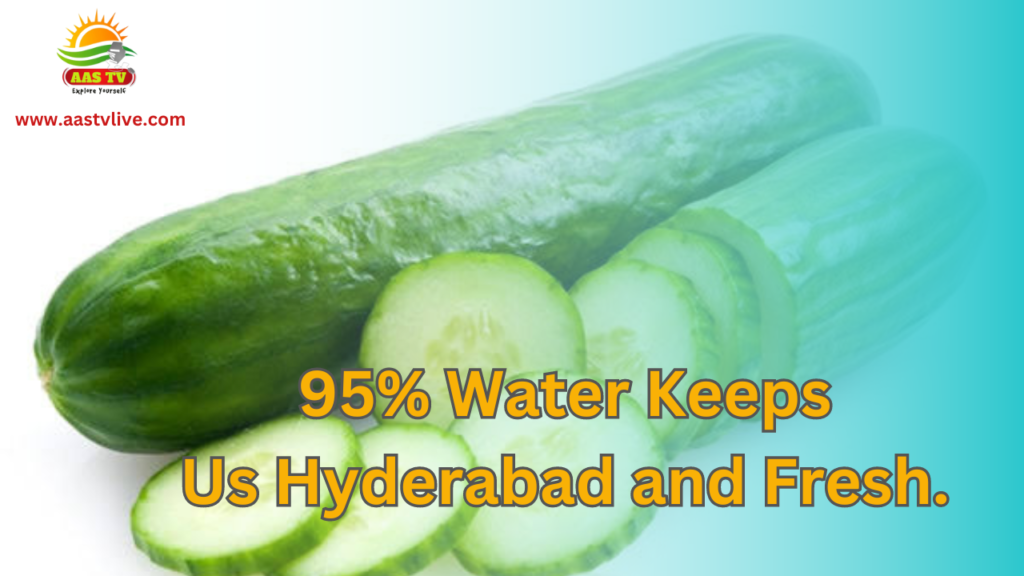
In recent years, seedless cucumber 🥒 has been evolved as a good source of farmers income. Seedless cucumber varieties like Kingstar, See Green, and Fadia became so popular among farmers and transplanted with Seedlings. 10000 seedlings are needed for one acre.
Cucumber contains around 95% water by its body weight and keeps us refresh and hydrated and it is also loaded with minerals and vitamins.
4) Bottle Gourd:
Bottle gourd belongs to the Cucurbitaceae and is grown almost everywhere in the country on vines. People used to call it “Loki” (लौकी) in Hindi. It is also called as a white-flowered gourd and long melon.
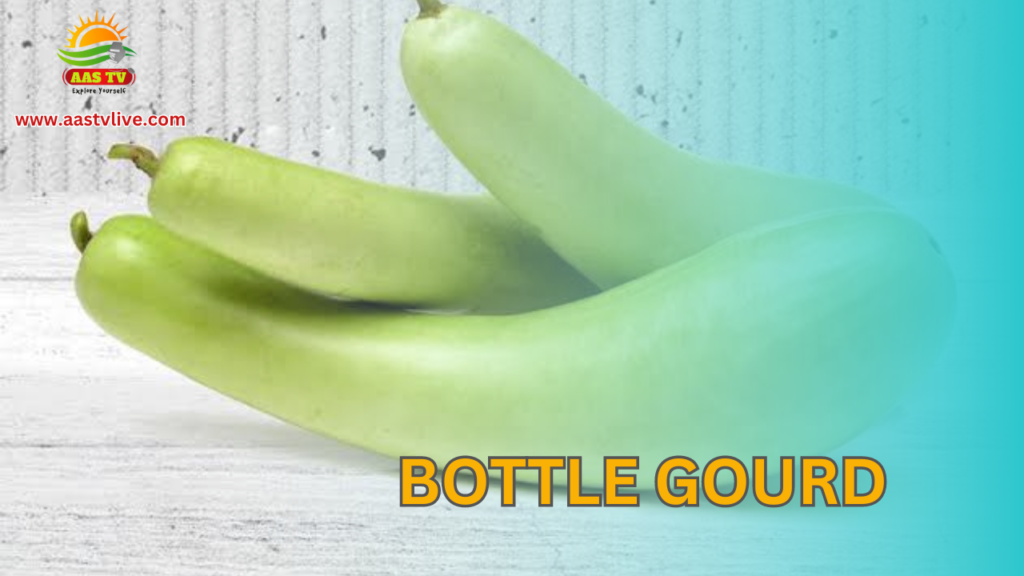
Its cultivation in open field requires a temperature around 20°C and it can’t withstand in frost that’s why mid-February is a good time to start its cultivation.
Bottle gourd is best cultivated on staking where galvanized iron pipes and bamboo can be used to support the vines. And this practice is also helpful in managing the crop and its training and pruning.
5) Bitter Gourd:
Bitter gourd is a similar crop as Bottle gourd but loaded with much more nutrients than Bottle gourd. It is used for cooking purposes and also for its juice, a popular juice among diabetic patients.

You can grow it either directly by sowing seeds or you can first prepare seedlings and then transplant them to the main field.
6) Capsicum:
Capsicum is another important vegetable which can be grown in February in North India. There are two types of capsicums- 1) Green Capsicum 🫑, and 2) Coloured capsicum.
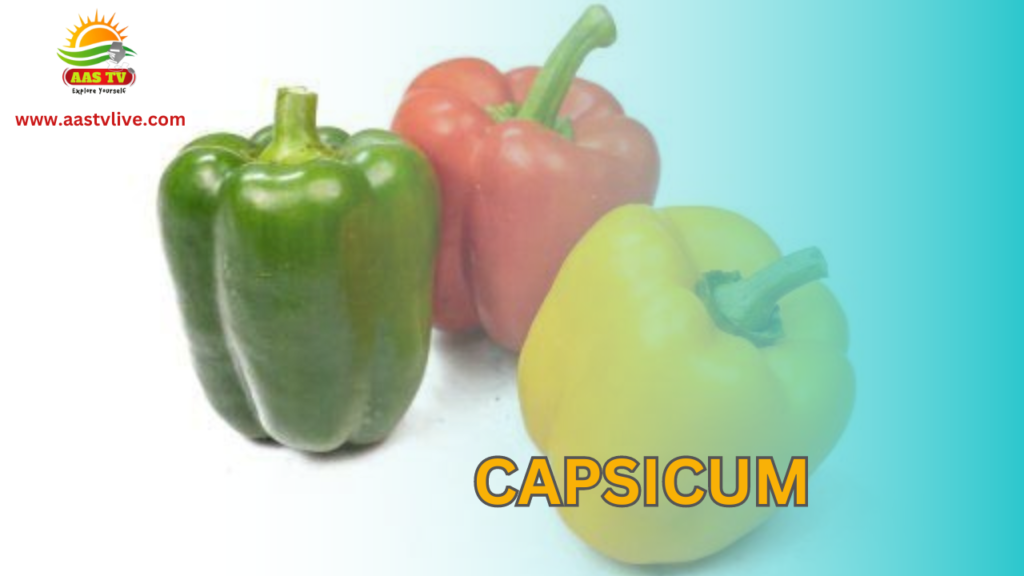
They are very good source of vitamin C and vitamin C helps us to boost our immunity. After arrival of COVID, vitamin C containing foods become so popular and so is the capsicum 🫑.
7) Brinjal:
Brinjal which is also known as Egg plant is good source of vitamins and minerals. It is use for making a special Indian food “Bhurta” which is loved by old people.
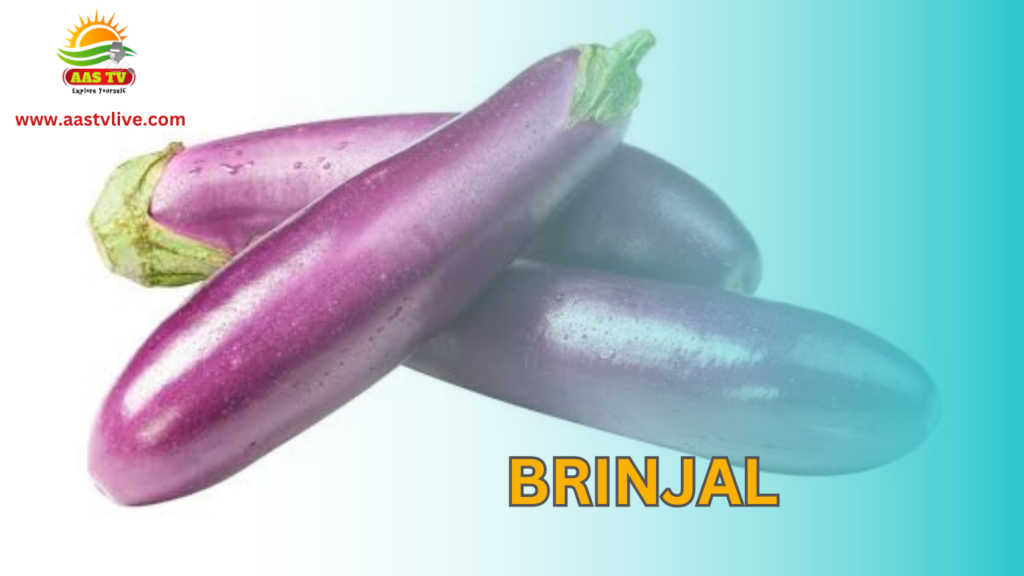
It can be grown by seeds directly or transplanted with the help of seedlings.
8) Beans:
Beans are belongs to the leguminaceae family and eaten as green pods. They have climbing nature and can be grown in pots as well as in backyard also.
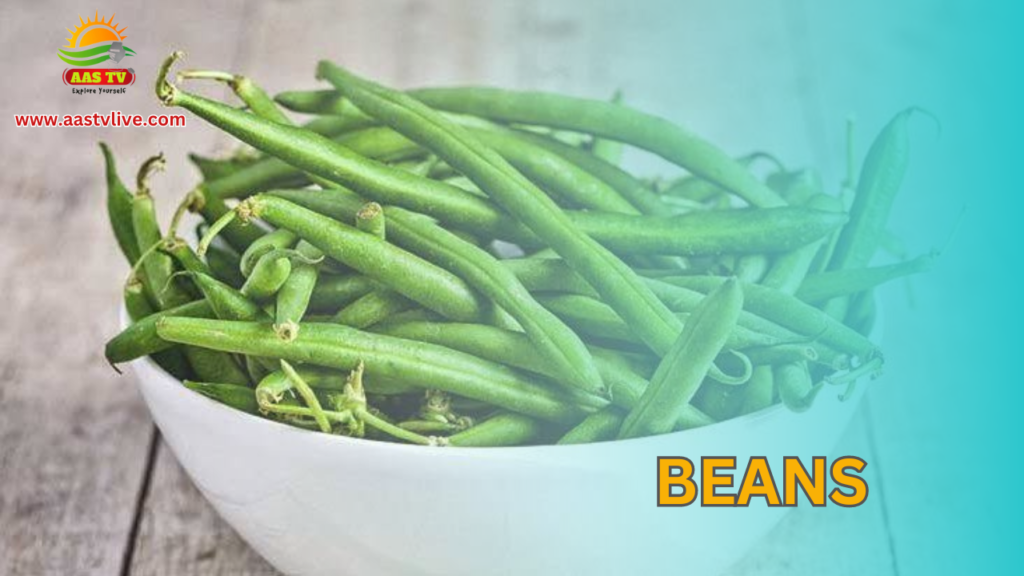
Pods of it use for cooking food, leaves for animal fodder and green manuring. Beans required cool climate for growth and development. The best temperature range is 20-25°C. Beans can be grown directly with seeds.
Conclusion
So here, in this blog/article we have tried to explain the different growth stage of plants. Furthermore, we have explained the list of vegetables which can be grown in the month of February along with their climatical conditions and nutrition profile.

